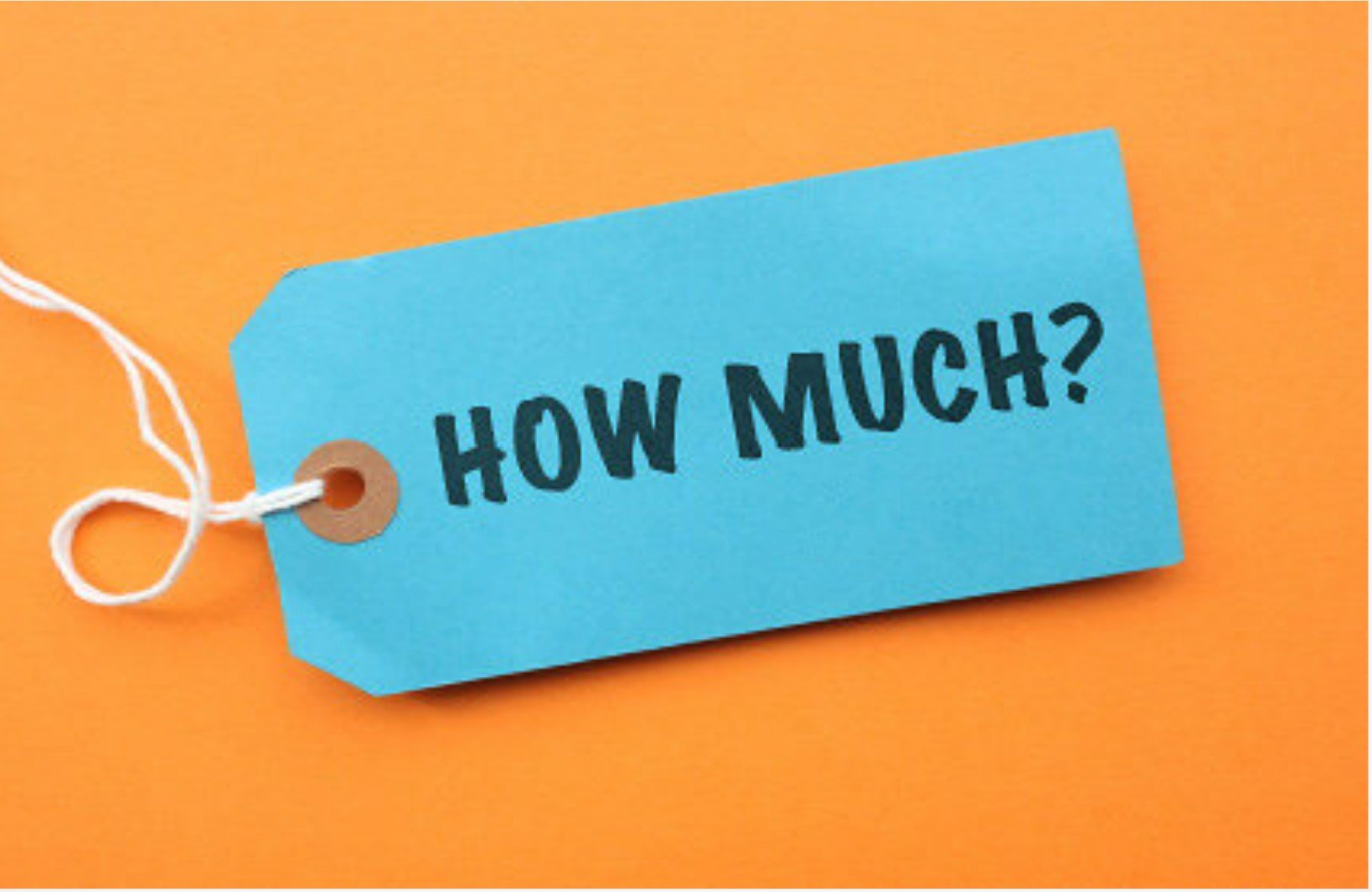Hallelujah: Leonard Cohen, A Journey, A Song
Suzanne Jacquot
I am a Leonard Cohen fan and have been for decades. I have 2 recent paintings titled Suzanne takes you down…..referring to one of his early well-loved songs about his muse.
What struck me about the documentary movie was how much I resonated with his artistic journey. Being a sensitive artist Leonard Cohen was often awkward socially and basically a quiet inward man. He seemed reluctant and uneasy when talking about his songwriting and meaning of the songs. I saw Leonard’s loss for words like so many artists because the act of creating is an intuitive process that defies words. It is a body and soul felt experience, flowing from a transcendent source that is undefinable and indescribable.
It seemed that Leonard tried to make sense of his songs and his uniquely personal expression as an after thought and in hind sight for the critics and his audiences. But, even then, it did not feel like he could express in words in a very clear way what it felt like or meant to tap into the essence of his own creativity.
I took comfort in the fact that he spent 6 yeas at a Buddhist monastery which helped quell his existential anxiety. I also understood it when he said that sometimes a good day is putting 2 words that he liken down on paper.
Leonard Cohen reaffirmed for me that as artists we create because we have to, it is consuming and difficult and we can never expect an outcome.
Suzanne Jacquot





